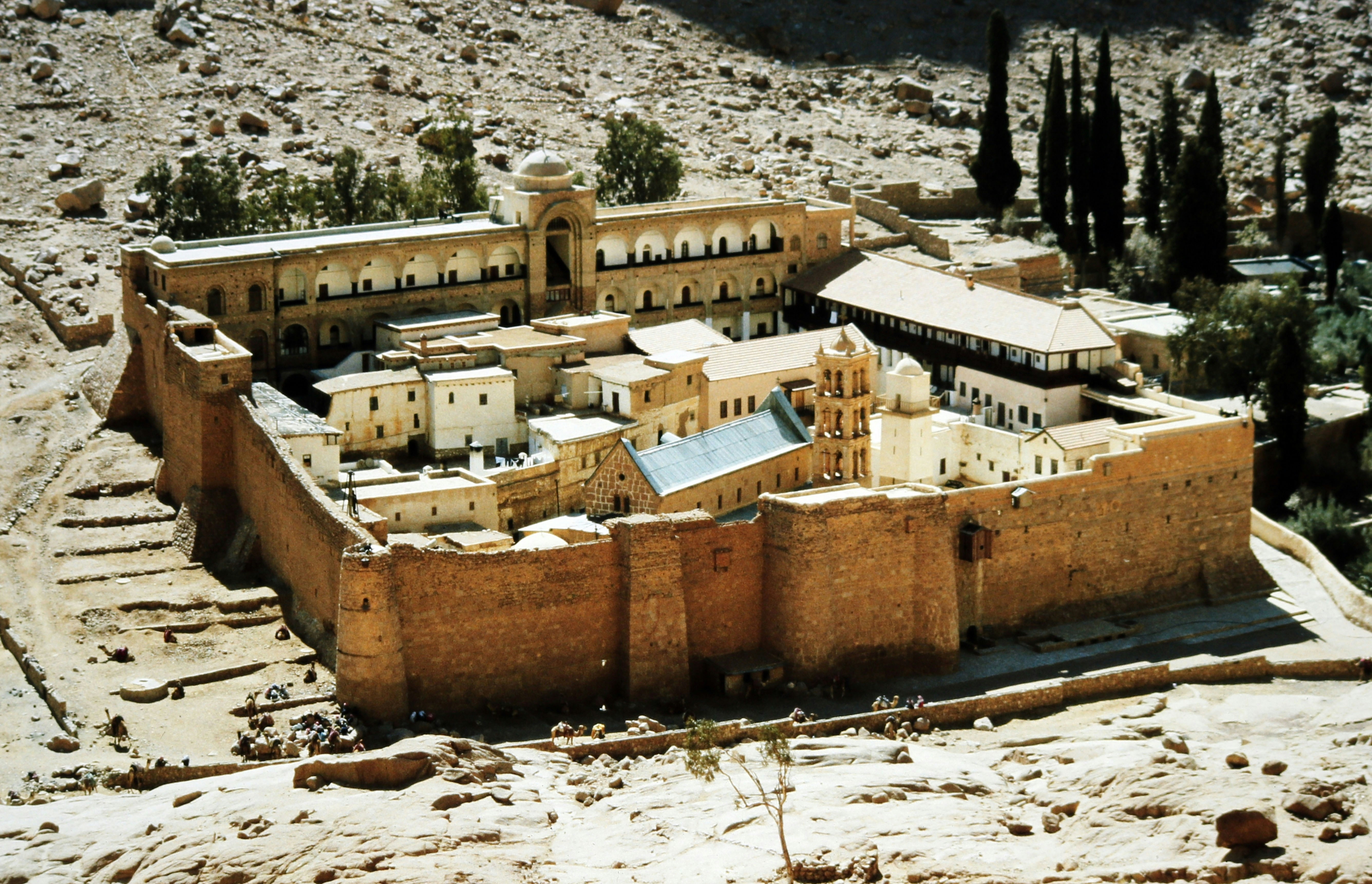In the past few weeks, Cornerstone contributors have assessed the state of religious freedom in various parts of the world, including China, Israel-Palestine, and India. This week on Cornerstone , research assistants at the Religious Freedom Project share their experience during their time abroad and offer distinct perspectives that highlight issues concerning religious freedom in various regions of the world.
By: Melissa Lewis
My decision to spend the fall semester abroad in Rome, Italy can be reduced to two distinct personal interests that so perfectly intersect—not by accident—in the Eternal City: Classics and Catholicism. Specifically designed for students like myself majoring in the study of Latin, Greek, and classical civilizations, the program is heavily tailored to encountering ancient Roman history and culture in their original source and physical setting. However, when I wasn’t climbing around Etruscan chamber tombs, traipsing through the remains of a Republican-aged colony, or visiting the seemingly endless number of temples, I had the opportunity to experience the historical richness of Catholicism in the churches, martyr shrines, and collections of artwork found throughout Vatican City, Rome, and the entire Italian peninsula.
Of course, the physical and cultural history of Rome has been inseparably intertwined with the history of the Roman Catholic Church. Christian catacombs used from the second to fifth century dot the periphery of the ancient city. Buildings specifically designated as churches began to spring up in the third and fourth centuries, as Christianity emerged from other cults as the dominant option and received increasing state recognition; the Lateran Basilica and original St. Peter’s Basilica—tied to the site of the martyred saint’s grave—were constructed during the reign of Constantine and his successors. Rome remained the seat of papal authority throughout the Middle Ages and Renaissance periods, and the popes left their physical mark on the city in their sponsorship of churches, aqueducts, fountains, monuments, and sculptures.
The Risorgimento movement of the nineteenth century wrested political and geographic control from the papacy for the creation of a unified Italy, yet it was Catholicism that provided the cultural cohesion necessary for the newly formed state. This tension between the church and modern nation was soon resolved in the Lateran Treaty of 1929, which established the Vatican City as an independent sovereignty and declared Catholicism as the sole religion of the state. Only as recently as 1984 did Italy modify the concordat to remove this designation of Catholicism as its state religion.
In more recent decades, Italy has undergone trends of increasing secularization similarly found in other countries throughout Western Europe. Despite its predominantly Christian (83.3%) and specifically Catholic population, Italy’s levels of religious observances reflect a low percentage of practice and participation ; approximately a quarter of Catholics in Italy attend Mass weekly, and only 24% of all Italians consider religion a “very important” part of their lives. As I attended Italian Masses in various churches throughout Rome, there was a noticeable distinction between the great number of churches—at least one on every street—and the low attendance that consistently resulted in pews being far more empty than filled. At the church that my friend and I regularly attended, we were by far the youngest members in attendance; the Italian grandmothers that made up the majority of the congregation were always so surprised and thrilled to see us at an ordinary Sunday Mass.
This secularization can be found not only in decreased practice but also in opinions on social issues. A majority of Italians also deviate from Catholic teaching on key social issues such as abortion, euthanasia, and gay marriage; a recent survey found that 61% of Italians support abortion, 76% believe that they should be able to request the right to die, and 75% accept same-sex couples.
And yet, despite these tendencies, the Italian identity remains intrinsically tied to Catholicism: to be Italian is largely to be, at least culturally, Catholic. As a result, however, this conflation of “Italian-ness” and “Catholic-ness” has contributed in high levels of social hostilities towards immigrants, particularly those who identify as Muslims. Violent clashes have broken out in recent years between immigrants and native Italians who blame them for crime rates and increased economic difficulties. One study found significant support for religious restrictions on Muslim practices and mosques, especially among right-wing party members . These hostilities could become even more exacerbated as the Muslim population in Italy of 2.2 million is expected to double over the next couple of decades.
Stressing the magnitude of religious freedom worldwide, Pope Francis has called for us to “make an appeal so that the right of everyone to a dignified life and to freely profess their faith is respected.” As the Italy struggles to reconcile its increasingly secular, yet deeply cultural Catholicism with its growing number of immigrants, specifically Muslims, one hopes that Italian government officials and church leaders alike truly take the words of the pope—spoken from within the country itself—to heart.
Melissa Lewis graduated from Georgetown College in 2016 with majors in government and classics.
To read more about Georgetown students’ encounters with various religions and cultures while abroad, visit the Berkley Center’s Junior Year Abroad Network (JYAN) blogs
This piece was originally authored on January 28, 2015 for the Religious Freedom Project at Georgetown’s Berkley Center for Religion, Peace, and World Affairs.
THE RFI BLOG

Is Egypt’s Government Trying To Take Over Christianity’s Most Important Monastery?

Does Southeast Asia Lead the World in Human Flourishing?

RFI Leads Training Session on Religious Freedom Law and Policy for U.S. Army War College

Oral Argument in Charter School Case Highlights Unconstitutional Motives Behind OK Attorney General’s Establishment Clause Claim

Largest Longitudinal Study of Human Flourishing Ever Shows Religion’s Importance
CORNERSTONE FORUM

Reaffirming Religious Freedom: Bridging U.S. Advocacy and Iraq’s Constitutional Framework

Political Polarization, Same-Sex Marriage and Religious Liberty

Bridging the Gap Between International Efforts and Local Realities: Advancing Religious Freedom in the MENA Region

Challenges to Religious Freedom in Iraq and the Critical Need for Action


